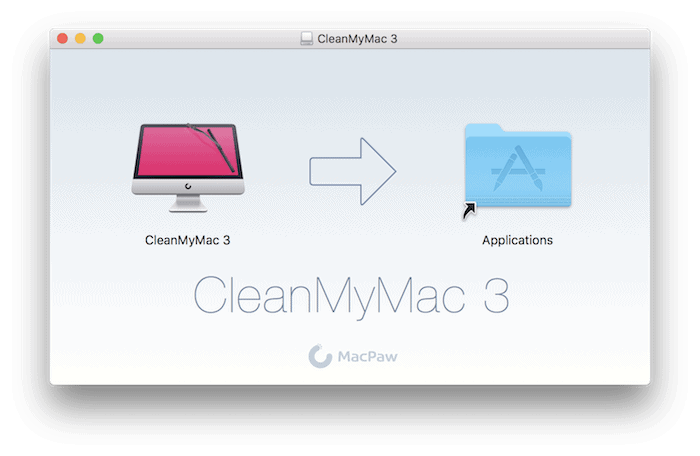- Then you can feel free to delete the original DMG file: you don’t need it anymore. Other Archive Files, and Loose Application Icons. Occasionally, applications will come in ZIP, RAR, or 7Zip archives instead of the standard DMG. In these cases, you need to open the archive.
- Specifically, DMG is what Apple uses for the macOS environment, while ISO is more widely used in Windows-based and Linux environment. At times, you may need to convert DMG to ISO so you can mount it as a virtual drive on a Windows machine to extract the contents, view them or burn them to create bootable media.
To completely uninstall PDF Converter for Mac, please follow the instructions below: Open the 'Finder' application. Go the 'Applications' folder. Drag the Nuance PDF Converter for Mac application file into the trash. Go to the 'Go' menu in the menu bar at the top of the screen.
File TypeMac OS X Disk Image
| Developer | Apple |
| Popularity | |
| Category | Disk Image Files |
| Format | Binary |
What is a DMG file?
A DMG file is a mountable disk image created in macOS. It contains raw block data typically compressed and sometimes encrypted. DMG files are commonly used for macOS software installers that are downloaded from the Internet, which mount a virtual disk on the desktop when opened.
The DMG format replaces the older .IMG file format used in Mac OS Classic. DMG disk images can be opened using the Apple Disk Utility that is bundled with macOS on Apple computers.
DMG files are Mac-specific and are not intended for use in Windows. However, Windows Daemon Tools may be able to mount virtual drives from some DMG image files. Other utilities may also be able to convert DMG files to a format that can be recognized by Windows.
Unknown files on your Mac? Try File Viewer.
| Mac |
|
| Windows |
|
| Linux |
|
These instructions are NOT applicable to Flash Player included with Google Chrome. Visit the Flash Player Help page for instructions on enabling (or disabling) Flash Player in various browsers.
If you use Windows, see Uninstall Flash Player | Windows.
If Flash Player is installed on your computer, the following box displays the version of Flash Player and your operating system. If Flash Player is not installed, an error message appears.
If your Flash Player installation was not successful, use the following solution to reinstall.
Click the Apple icon and choose About This Mac.
The Mac OS version appears in the About This Mac dialog.
2. Run the uninstaller applicable to your Mac OS version

- Run the uninstaller on Mac OS X 10.4 and later, including macOS
Note:
Delete Dingtalk
Beginning with Flash Player 11.5, uninstalling the Flash Player resets the AutoUpdateDisable and SilentAutoUpdateEnable settings in mms.cfg to their default values:
- AutoUpdateDisable=0
- SilentAutoUpdateEnable=0
If you are running the Flash Player uninstaller as part of your deployment process, redeploy any custom changes to either AutoUpdateDisable or SilentAutoUpdateEnable.

Run the uninstaller on Mac OS X 10.4 and later, including macOS
Download the Adobe Flash Player uninstaller:
- Mac OS X, version 10.6 and later: uninstall_flash_player_osx.dmg
- Mac OS X, version 10.4 and 10.5: uninstall_flash_player_osx.dmg
The uninstaller is downloaded to the Downloads folder of your browser by default.
In Safari, choose Window > Downloads.
If you are using Mac OS X 10.7 (Lion), click the Downloads icon displayed on the browser.
To open the uninstaller, double-click it in the Downloads window.
Note: If the Flash Player installer window does not appear, choose Go > Desktop in the Finder. Scroll down to the Devices section and click Uninstall Flash Player.
To run the uninstaller, double-click the Uninstaller icon in the window. If you see a message asking if you want to open the uninstaller file, click Open.
- Bookmark or print this page so that you can use the rest of these instructions after you close your browser.
To close all browsers, either click the browser name in the Uninstaller dialog, or close each browser manually and then click Retry.
Note: Do not click Quit in the Uninstaller window. It stops the uninstallation process.
After you close the browsers, the uninstaller continues automatically until the uninstallation is complete. When you see the message notifying you that the uninstallation succeeded, click Done.
Delete the following directories:
- <home directory>/Library/Preferences/Macromedia/Flash Player
- <home directory>/Library/Caches/Adobe/Flash Player
Download the Adobe Flash Player uninstaller:
- Mac OS X, version 10.3 and earlier: uninstall_flash_player_osx_10.2.dmg (1.3 MB) (updated 05/27/08)
Choose Window > Downloads to view the downloaded uninstaller.
Save the uninstaller file in a convenient location.
To open the uninstaller, double-click it in the Downloads window.
To run the uninstaller, double-click the Uninstaller icon in the window. If requested, enter your computer user name and password and click OK.
Bookmark or print this page so that you can use the rest of these instructions after you close your browser. Close all browsers and other applications that use Flash Player, including instant messaging applications, SWF files, and projectors (EXE files that play SWF files). Otherwise, the uninstaller cannot finish (even though it appears to finish).
Once the uninstaller finishes, the window closes automatically.
Delete All Dmg Files
You can verify that uninstallation is complete by following these steps:
Open your browser and check the status of Flash Player.
Twitter™ and Facebook posts are not covered under the terms of Creative Commons.
Websphere Delete Dmgr
Legal Notices | Online Privacy Policy